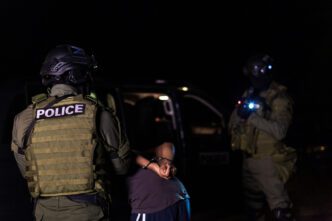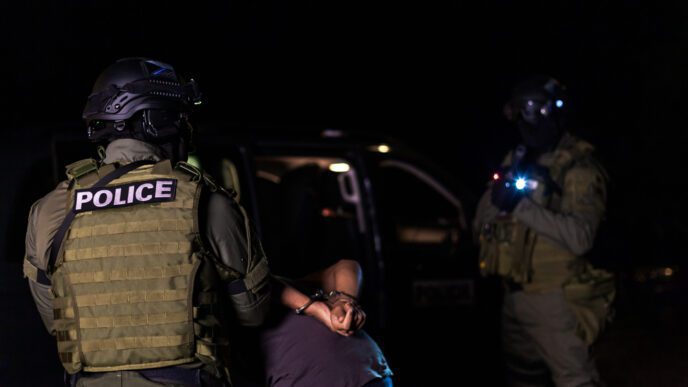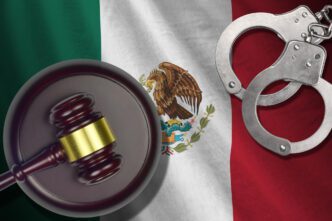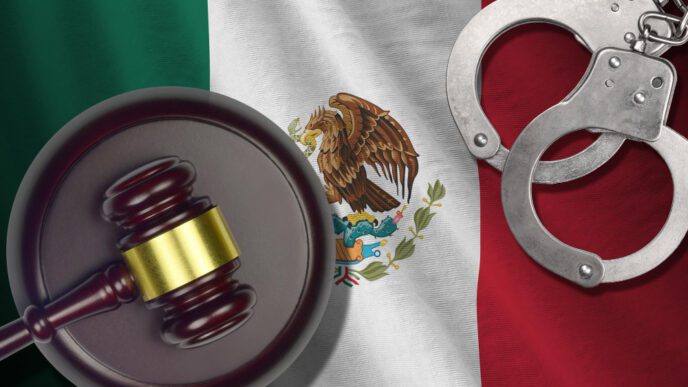The motor torpedo boat, commonly known as the patrol torpedo boat, has long been associated with a swashbuckling image dating back to the American Civil War. During that period, a Union boat armed with spar torpedoes famously sank the Confederate ironclad Albemarle. Although such exploits have inspired thrilling stories in literature, film, and television, the public image of these boats darting through enemy fire to destroy larger warships is more the exception than the norm. More typically, these boats carried out ambushes in coastal waters, conducted reconnaissance missions, or participated in rescue operations.
Two notable U.S. Navy PT boat captains were awarded the Medal of Honor during World War II for such operations. Lt. Cmdr. John Bulkeley earned recognition for evacuating Gen. Douglas MacArthur from the Philippines in March 1942, and Lt. Arthur Preston was honored for rescuing a downed pilot in Japanese-controlled waters near Halmahera on September 16, 1944. In contrast to these widely known figures, little is known about Lt. Isadore Michael Kovar, who, in a rare twist of fate, achieved one of the most significant hits by an American PT boat against a Japanese warship.
Lt. Kovar’s crucial moment occurred on the night of October 24, 1944, as two Japanese battle groups advanced toward the American beachhead at Leyte via the Surigao Strait. In anticipation of the enemy, the U.S. 7th Fleet’s support force took position at the strait’s northern tip. Positioned ahead of them were 39 PT boats under Cmdr. Selman Bowling, strategically arrayed along the strait. These boats were tasked primarily with observing and reporting enemy movements rather than direct engagement.
As night descended, the PT boats, serving as the eyes of the 7th Fleet, detected enemy forces off Bohol Island. Instead of immediately relaying this information, they moved to attack. The Japanese destroyer Shigure responded with gunfire, marking the commencement of the Battle of Surigao Strait.
During the ensuing conflict, PT boats PT-151, PT-146, and PT-190 engaged the Japanese fleet with their cannons and torpedoes. Although they were ultimately repelled, their primary mission of identifying and reporting enemy positions was successfully accomplished. This crucial intelligence enabled Rear Adm. Jesse Oldendorf to deploy his destroyers, cruisers, and battleships, leading to the sinking of multiple Japanese vessels, including the battleships Fuso and Yamashiro.
The battle continued with further engagements, including a missed torpedo attack by PT-134. However, in a stroke of fortune, Lt. Kovar and his crew on PT-137 launched a torpedo that struck the light cruiser Abukuma, significantly crippling it. This marked the largest warship primarily taken down by a PT boat during the war, earning Kovar the Navy Cross.
The Evolving Landscape
The historical use of patrol torpedo boats, particularly during World War II, underscores their strategic importance and versatility in naval warfare. These agile craft, often operating under the cover of darkness and in close proximity to enemy forces, played a crucial role in reconnaissance and harassment tactics. For modern military strategists, the story of PT boats offers lessons in the effective use of smaller, more maneuverable vessels within larger naval operations.
On a broader societal level, the legacy of these boats highlights the potential impact of technological advancements and strategic innovation in military history. As technology continues to evolve, the principles demonstrated by the PT boats’ operations—speed, surprise, and adaptability—remain relevant. These lessons are applicable not only to military contexts but also to fields such as emergency response and competitive industries where swift, decisive action is paramount.












